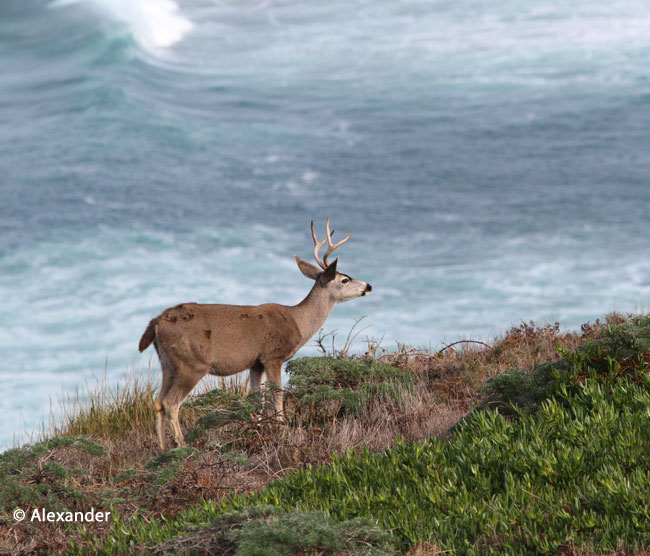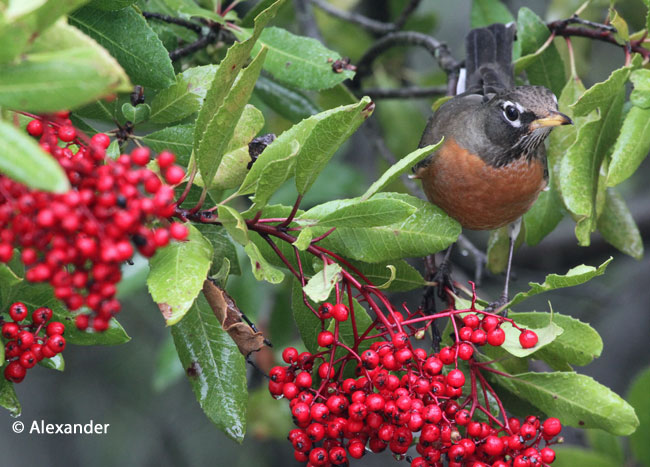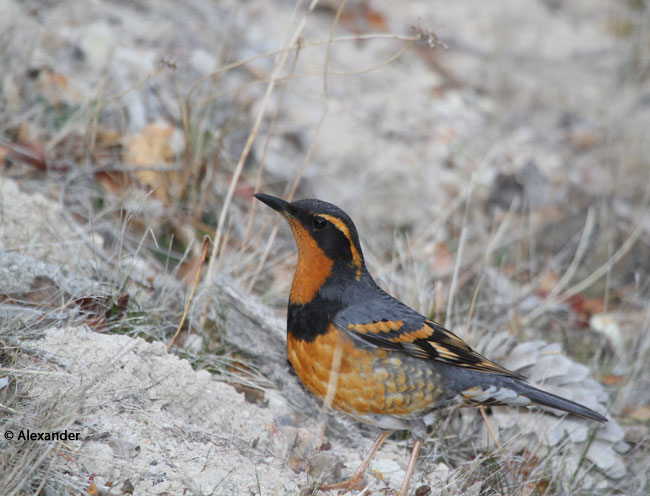
We recently enjoyed a great day on the Petaluma River. The three-hour cruise began in downtown Petaluma and traveled to the mouth of the river in San Pablo Bay.
Located only 32 miles (51 km) north of San Francisco, Petaluma is a popular residential community for San Francisco commuters. Population 59,776 in 2020 census. It has also been an important hotspot for industry.

The Petaluma River flows through the center of the city and empties into San Pablo Bay about 12 miles (19 km) in the distance. This is a comprehensive overview, below, courtesy Wikipedia. The river meanders through the vertical center of the photo.

Our river boat, The River Dolphin, was a charter boat and included an informative guide/narrator and an experienced captain.
Like most of California, Petaluma’s expansion blossomed following the 1848 California Gold Rush. The town’s position on the river was critical to its growth during the 19th and early 20th centuries.
Schooners and steamers carried agricultural produce and raw materials on the river to San Francisco during the Gold Rush. The region has a mild Mediterranean climate with productive farmland that still exists today.
Earlier in this century, Petaluma was self-proclaimed as the Egg Capital of the World. Today the strong agricultural base in this fertile river valley is dairy farms, olive groves, vineyards, and berry and vegetable farms.
Prior to development by early pioneers, the Coast Miwok indigenous people occupied the area.
More info: Petaluma Wikipedia

Where we ventured, the water was more of an estuary channel than a river. It is a tidal slough for most of its length.
The boat was a double-hulled catamaran and due to its low draft, allowed access to waters too shallow for a single-hulled boat. In many places the water depth was only 10 feet (3 m) deep.
On probably the sunniest and warmest Sunday of the new spring season, the downtown river restaurants and bars were lively with people of all ages enjoying the mild temperatures.

There are nearly a dozen bridges that span the Petaluma River, some for rail tracks, most for auto traffic.
Along the way a couple of drawbridges were lifted for us.

We also glided underneath large highway bridges peppered with swallow nests.

The photo below is a close-up of the bridge pillar top with swallow nests made from river mud and clay.

There were also human residences on the river, varying from river shacks to condos with a few elaborate ranch houses, too.
The narrator gave us a colorful look at the past, including tales of this general section, below, where several former establishments dating back to the 1880s were gathering places for locals.



Wildlife was primarily wading birds and shorebirds with a few raptors, gulls and songbirds–not as bird-rich as I had expected. Below are a few Canada Geese, one great egret and a swimming western grebe.

The river flows about 10 mi (16 km) through tidal salt marshes (photo below) before emptying into the northwest corner of San Pablo Bay. The United States Army Corps of Engineers dredges this section to keep it navigable for gravel barges and pleasure craft.
The Petaluma Marsh is impressive, it covers 5,000 acres (2,023 ha) and is surrounded by approximately 7,000 acres (2,833 ha) of reclaimed wetlands. You can see its large expanse in the aerial photo above.

The last bridge we encountered, the Highway 37 Bridge featured below, was the longest highway-span bridge on our boat cruise. Built in 1958, the 4-lane bridge measures 2,183 ft (665 m) long.
I have crossed this bridge in a car en route to San Francisco over a hundred times, sometimes in agonizingly heavy traffic.
But this was so blissfully easy, just floating down the river.

This was our turnaround point, at the San Pablo Bay.
The boat took us back along the river past the marsh and under the same bridges where we returned to our starting point.
We took our wobbly sea legs onto shore, waved to the captain and guide, and walked away with wind-blown hair and happy hearts…our heads full of river stories and cheerful spring vistas.
Written by Jet Eliot.
Photos by Athena Alexander except the aerial photo.


















































































































































